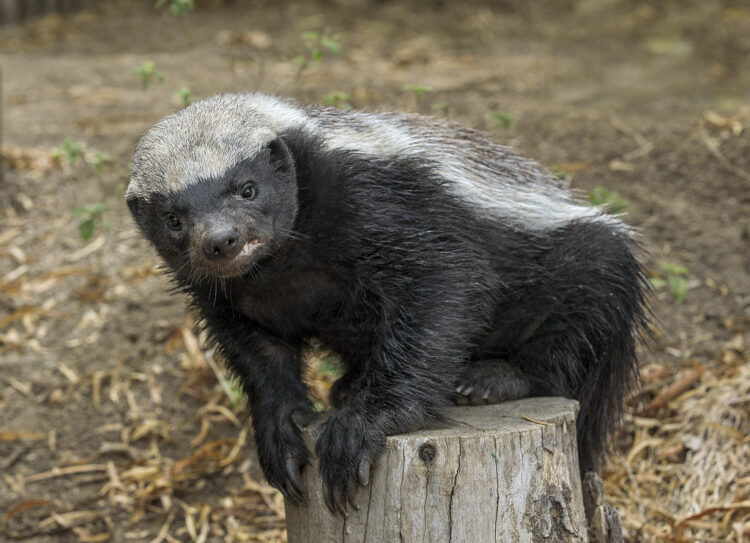
Credit: Flickr
There are more than 50 animals that will do extreme things to survive. The lengths a wild animal will go to are amazing.
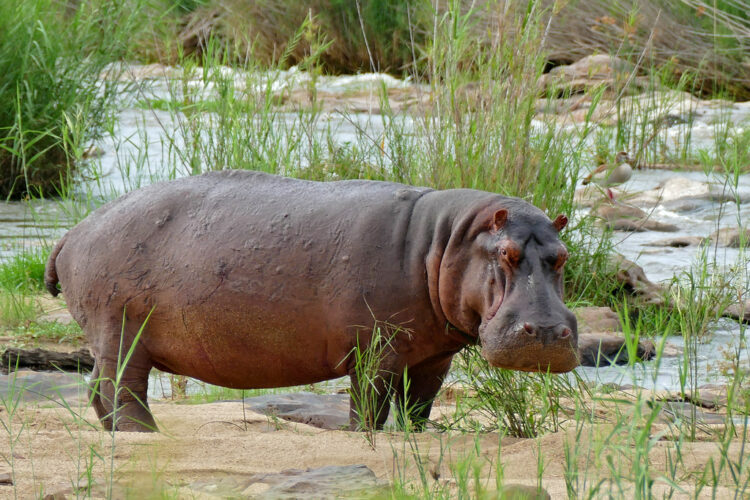
Credit: Flickr
Hippos
You wouldn’t think an animal this large could run so fast. But a hippo can run up to 30 mph, and since they’re super aggressive it’s time to run when they charge.
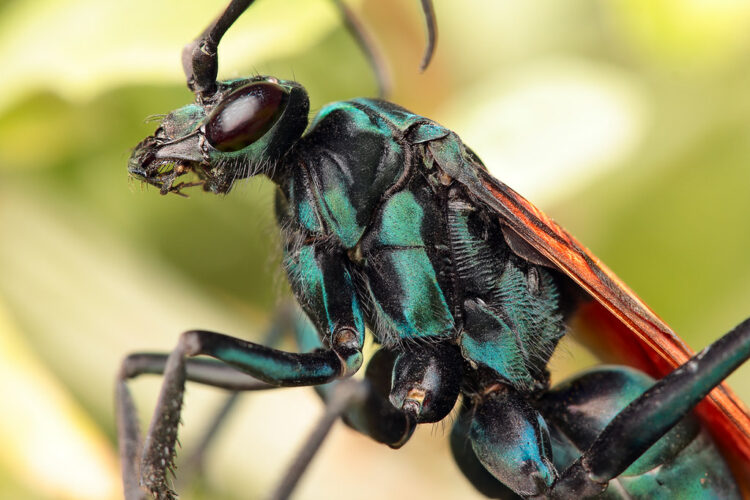
Credit: Flickr
Tarantula Hawks
So no, this is not a spider and it’s not a bird. But it is a wasp that can cause massive pain to whatever it stings.
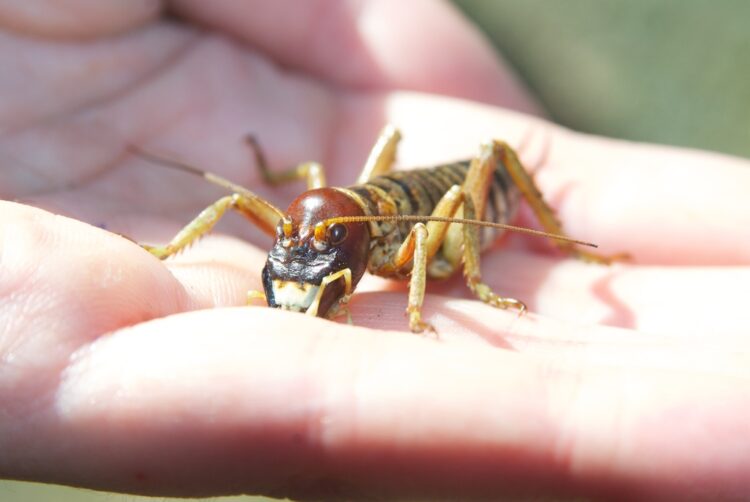
Credit: Flickr
Mountain Stone Wetas
Imagine a creature that can freeze itself and cease all function, and then come back to life. This insect can do this for several months at a time.
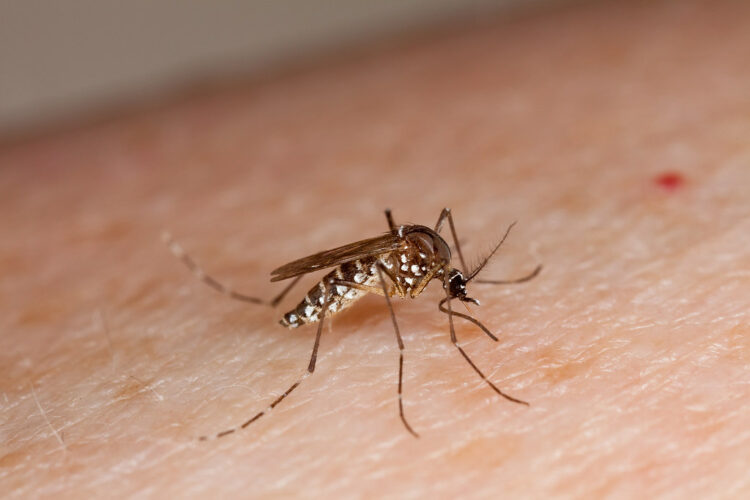
Credit: Flickr
Mosquitoes
Despite their size, mosquitoes are known to swarm, which means the chance of catching a disease from these little buggers increases exponentially. Not only that, but like a lot of insects they breed at an alarming rate.
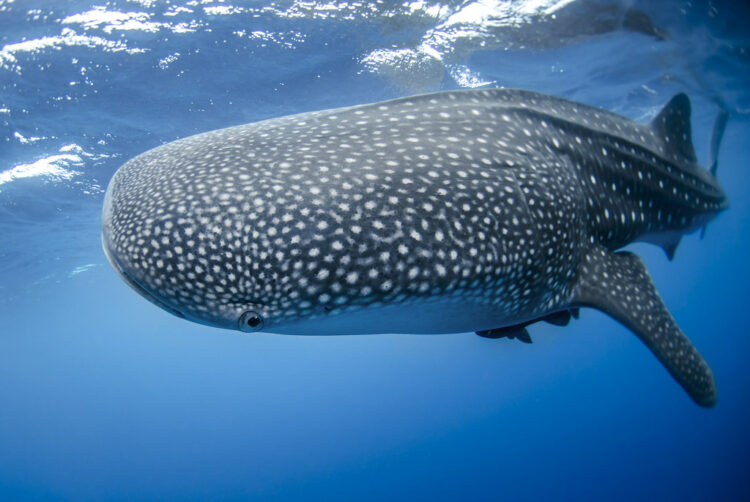
Credit: Flickr
Whale Sharks
As the second largest fish in the world, these sharks look kind of intimidating. The thing is that despite having 4,000 teeth, they’re rather harmless to everything but krill and plankton.
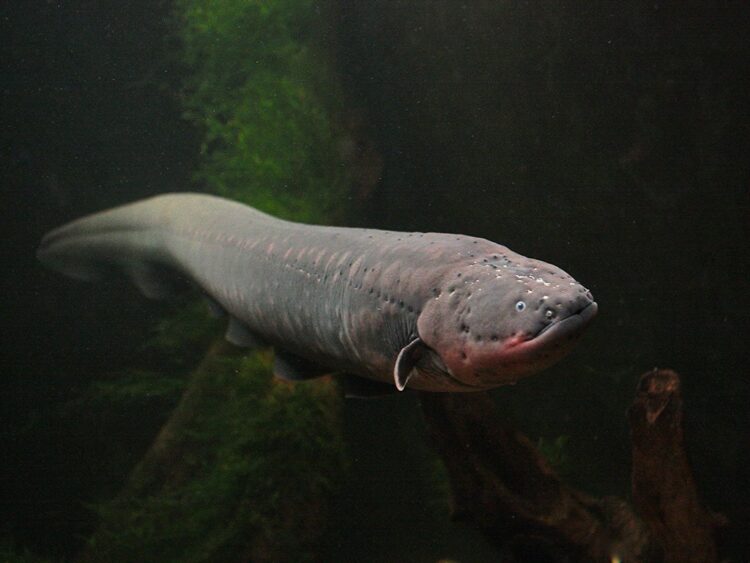
Credit: Flickr
Electric Eels
It’s better to stay away from these creatures since they can generate a shock that’s between 600 to 800 volts. That’s enough to kill something far larger than a human.
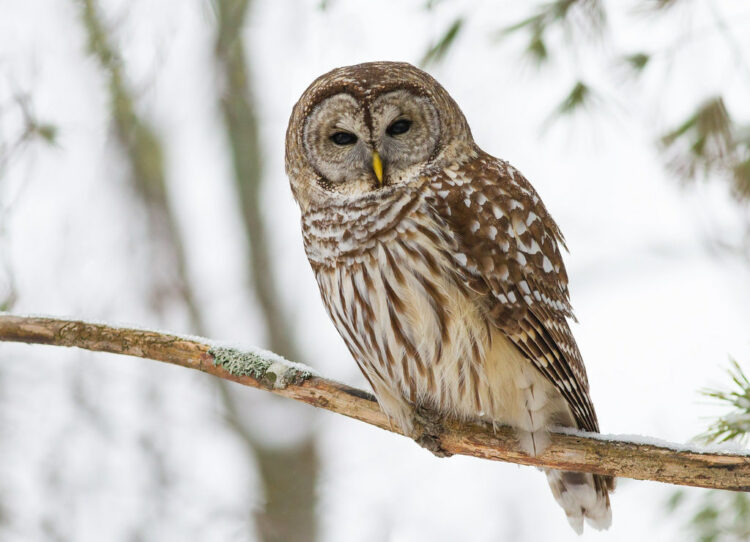
Credit: Flickr
Owls
This is as close to having eyes in the back of your head that one can come in nature, well, almost. But the fact that an owl can almost turn its head completely around is an interesting adaptation.
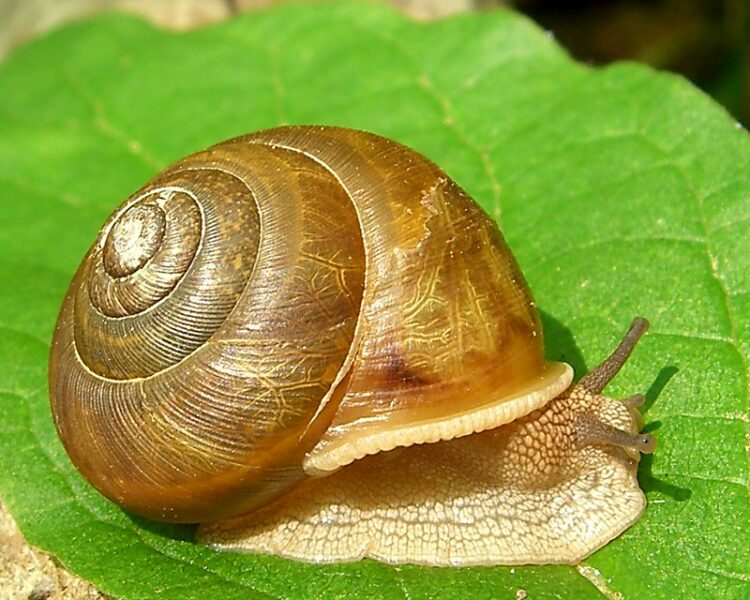
Credit: Flickr
Snails
Snails are kind of like college students, they can nap for several hours and then stay awake for almost a day and a half at a stretch. Not only that, but they can hibernate for around three years when they feel the need.
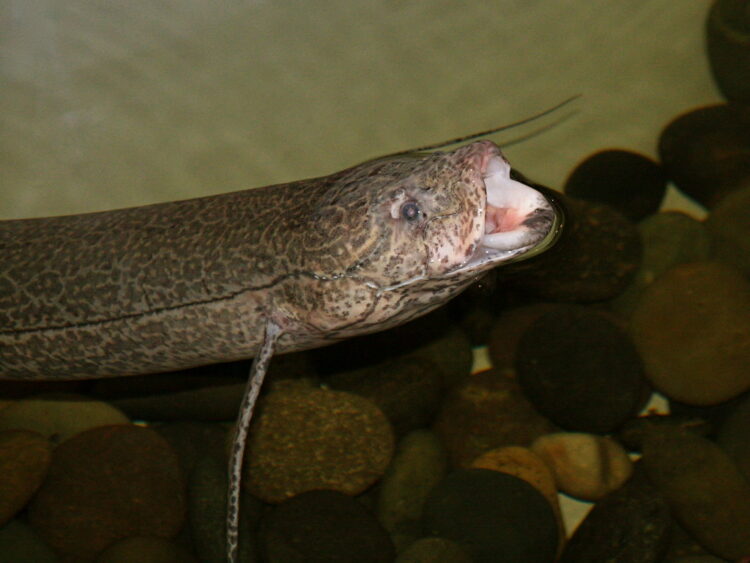
Credit: Flickr
African Lungfish
It’s not the typical fish that can survive out of water for even a few minutes, let alone a year. But the mucus cocoon that a lungfish can create is just a part of the way it can survive out of water.
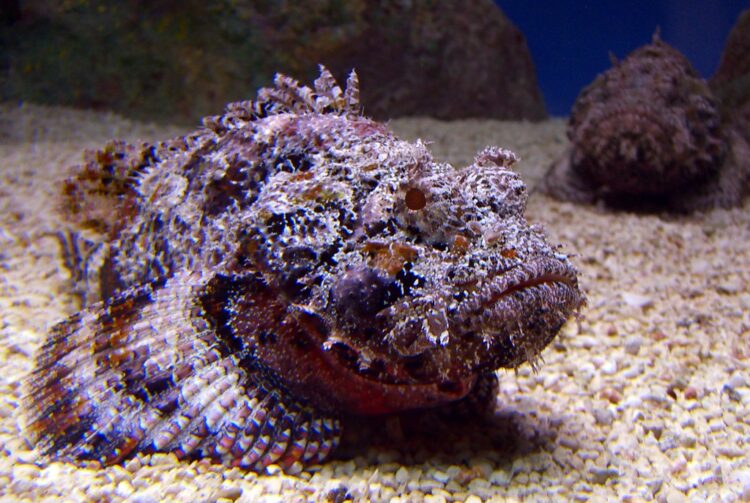
Credit: Flickr
Stonefish
As the most poisonous fish in the water, stonefish are treated as one of the most dangerous animals around. They don’t necessarily seek out their victims, but they’re not shy about sticking it to someone who tries to step on them.
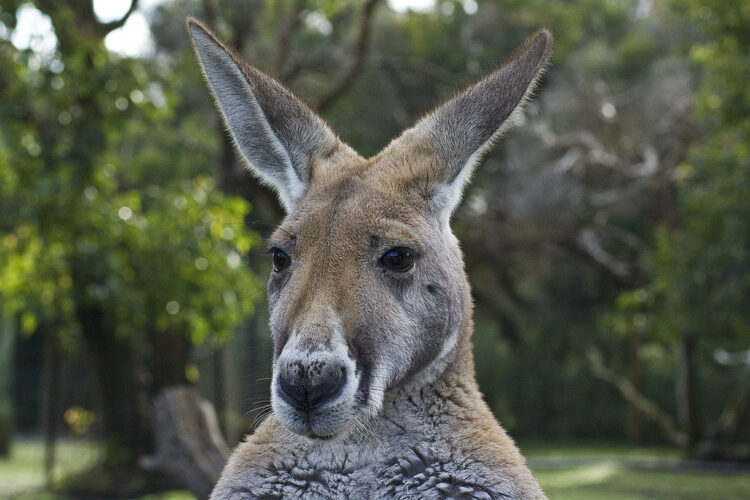
Credit: Flickr
Kangaroos
With a leap that can carry them roughly 27 feet in one jump, this is just one of the most extreme things about kangaroos. Just imagine how hard they can kick if they can generate that kind of force to jump.
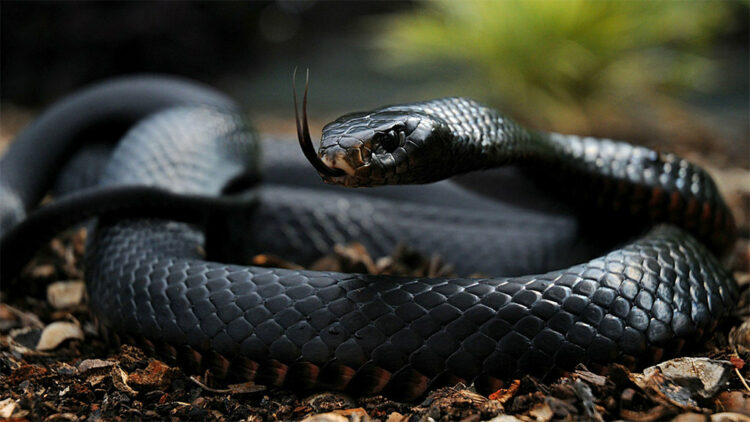
Credit: Flickr
Black Mamba
Snakes are fast, there’s no doubt about that. But the black mamba can slither up to 12 miles an hour or faster. If you can run faster then you’re safe, if not, well, hopefully, you’ve got some anti-venom with you.
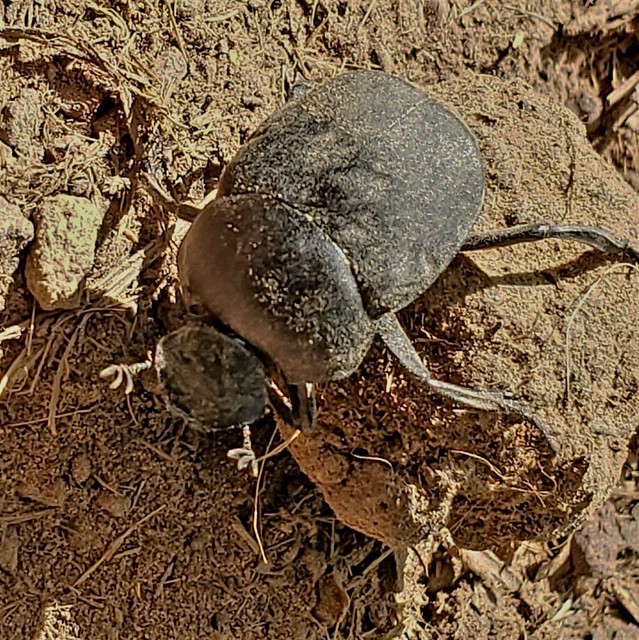
Credit: Flickr
Dung Beetle
A lot of people don’t think much about insects in terms of strength. But as one of the more extreme things on this list, a dung beetle can push more than 200 times their body weight, which is impressive.
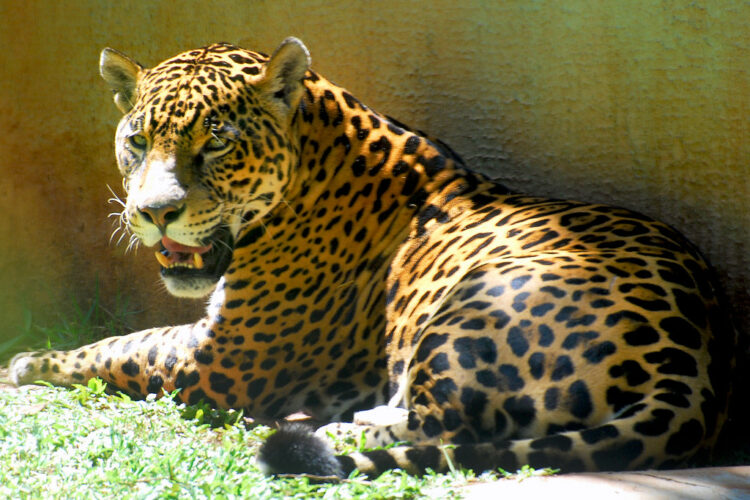
Credit: Flickr
Jaguars
Sometimes bite force is the difference between eating or not. The jaguar has a bite that it uses to grip their prey’s neck from behind for an instant kill.
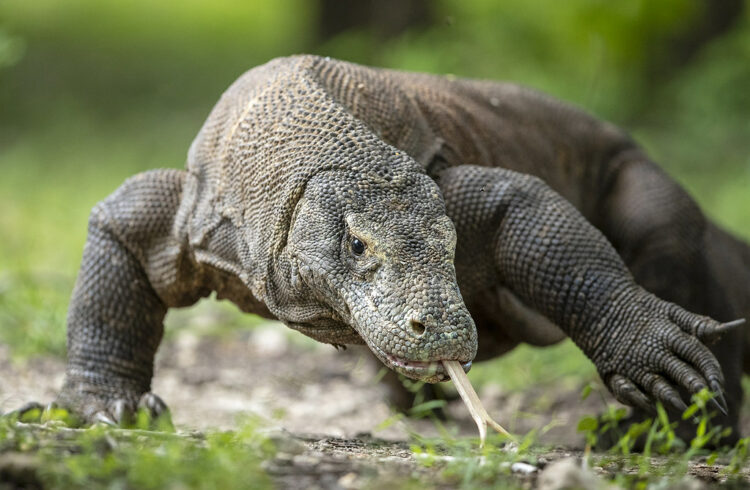
Credit: Flickr
Komodo Dragons
Being big, mean, and nasty is definitely an adaptation. It’s not one of the most extreme things in nature, but it does allow some critters to get by.
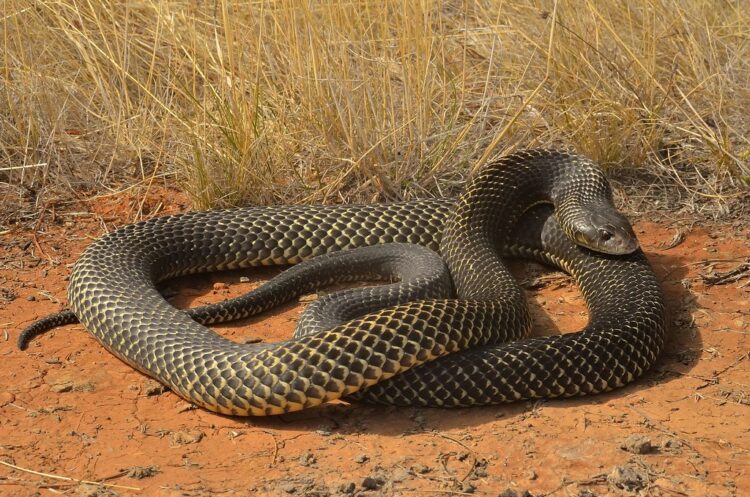
Credit: Flickr
King Brown Snake
Sometimes being able to deliver the maximum amount of venom is a great survival trait. This snake can deliver well over a gram from one milking, so think about how much it can deliver when biting something.
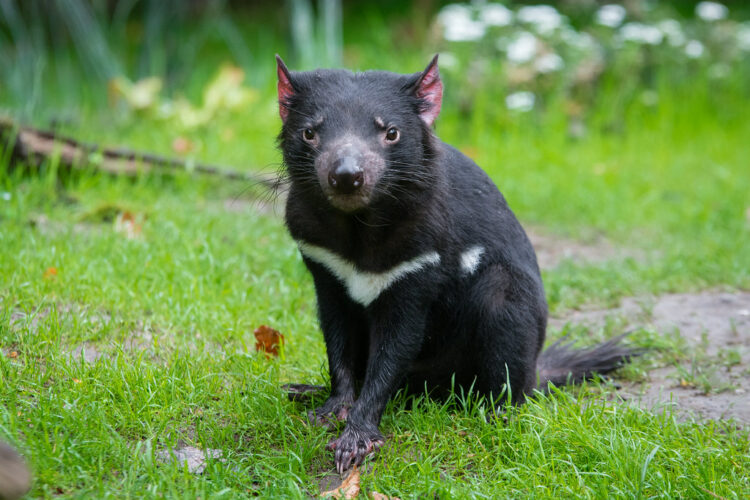
Credit: Flickr
Tasmanian Devil
This isn’t the cartoon version that so many of us remember fondly. The bite force on this creature is considered one of the strongest in the world. Seriously, it’s stronger than a lion’s.
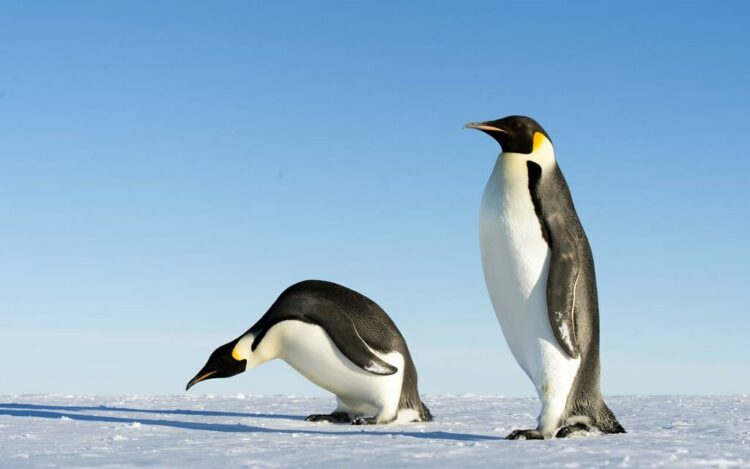
Credit: Flickr
Emperor Penguin
Some folks don’t even want to wade in the Pacific Ocean for fun. These penguins dive well past 1,700 feet to find food, and they do it regularly.
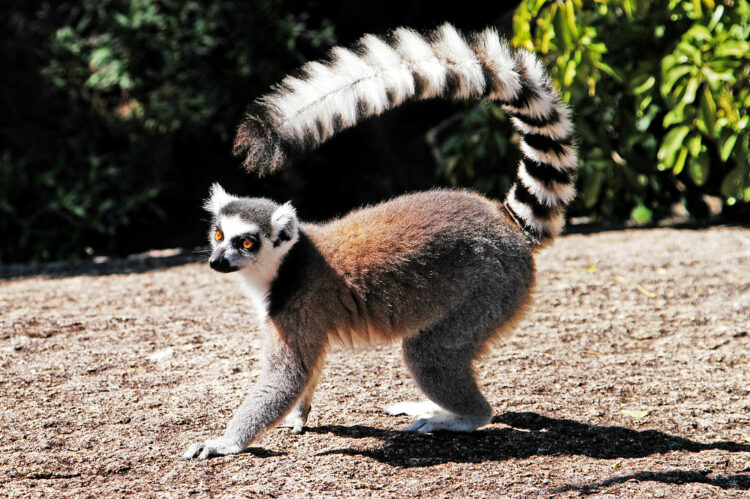
Credit: Flickr
Ringtail Lemurs
Out of all the extreme things that animals do to survive, or just to fend off a rival, these lemurs are one of the strangest examples. The scent glands that males possess in their shoulders and wrists are used during mating season to ward off any would-be competitors for a mate.
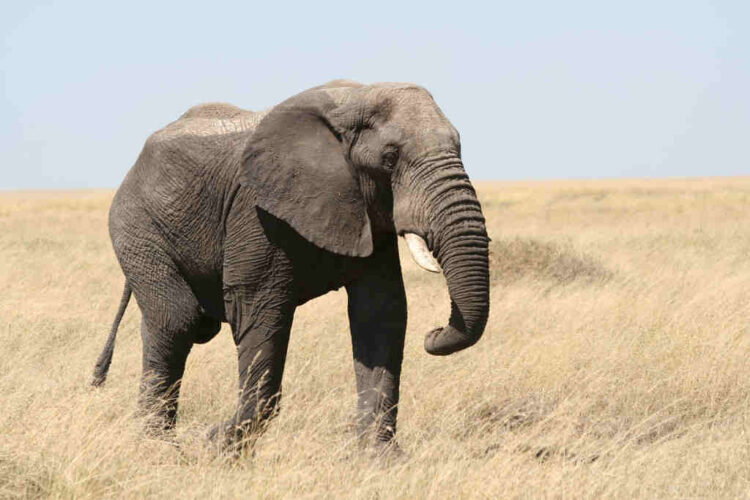
Credit: Flickr
African Elephants
As a survival trait and one of the most extreme things on this list, an elephant having a 2-year pregnancy is kind of odd. But it does help to realize why baby elephants are more capable than many other mammals when they’re born.
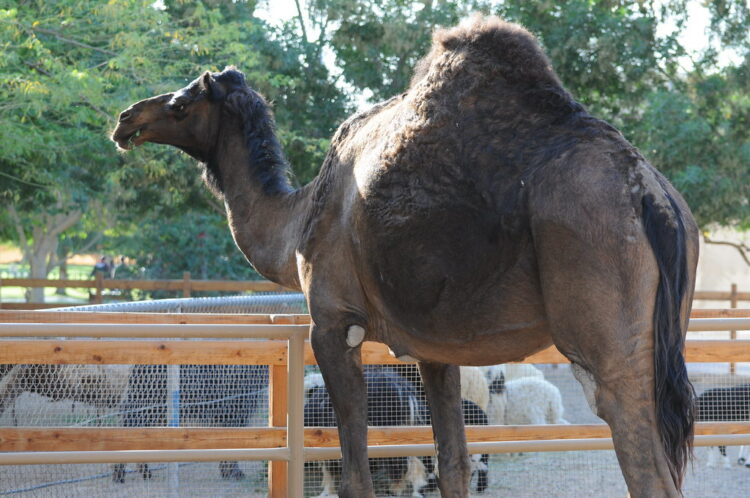
Credit: Flickr
Arabian Camels
How quickly can you guzzle a glass of water? The camel can drink up to 30 gallons in 15 minutes, and they know how to stay hydrated for long periods.
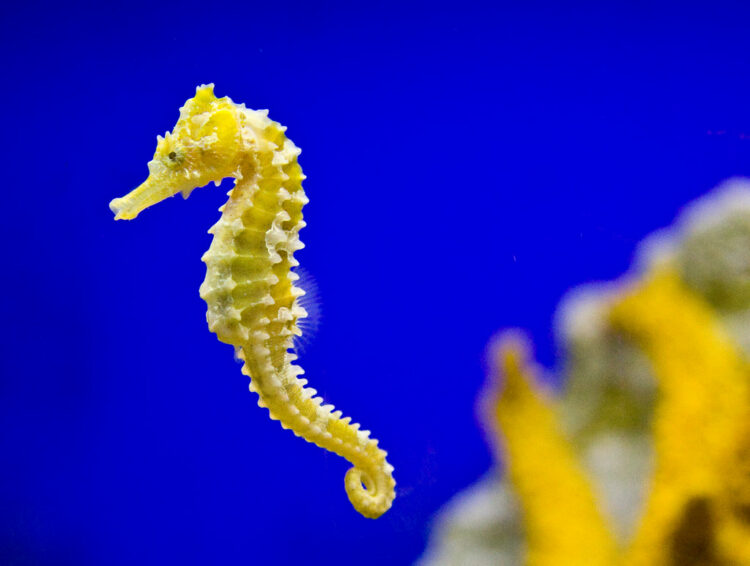
Credit: Flickr
Seahorses
It’s strange to many people, but male seahorses do carry their babies after being impregnated by the female. In all of nature, this is unique, but it is interesting.
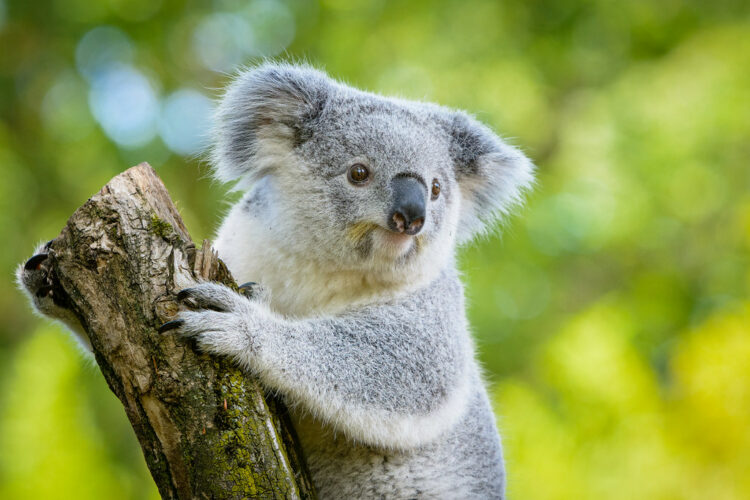
Credit: Flickr
Koalas
It’s fun to see people’s expressions when they hear that a koala’s fingerprints can be mistaken for a human’s. They are ancestors of primates, so it makes some sense.
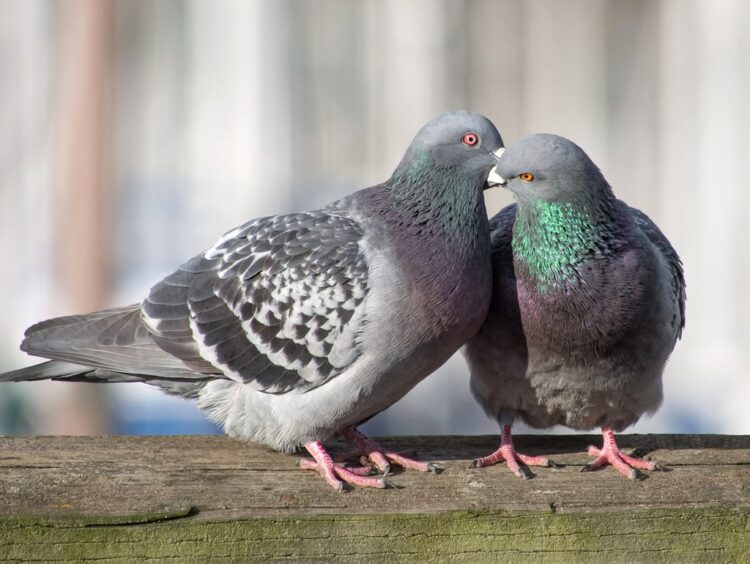
Credit: Flickr
Pigeons
Kind of like penguins, male pigeons help to incubate the eggs laid by females. Not only that, but the females will take their own shifts from afternoon to mid-morning. That’s parenting goals there.
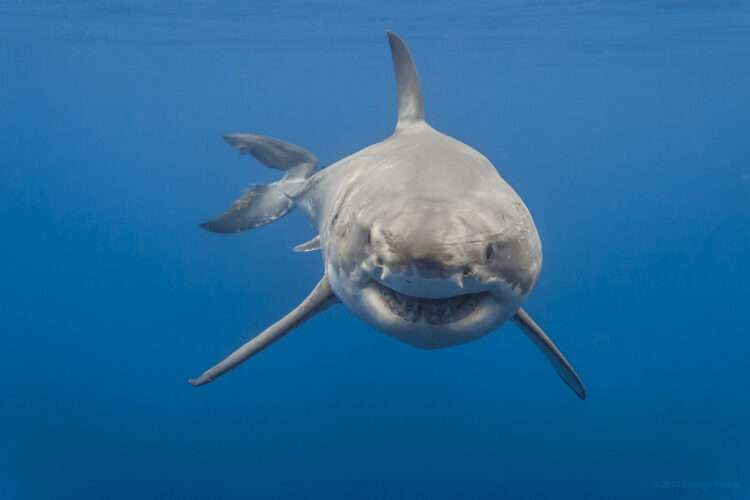
Credit: Flickr
Great White Sharks
As an animal that needs to keep moving and eating to survive, a great white shark possesses one of the most extreme things on this list. They can detect blood from miles away, and with their speed, they can be there in a short amount of time.
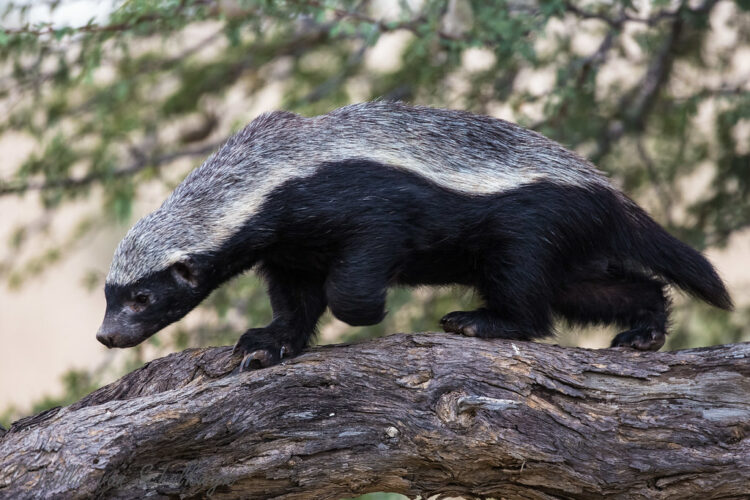
Credit: Flickr
Honey Badger
Does anyone ever watch The Lion Guard? Bunga was by far one of the most entertaining characters, and there was an episode that showed the resilience and resistance to snake bites.
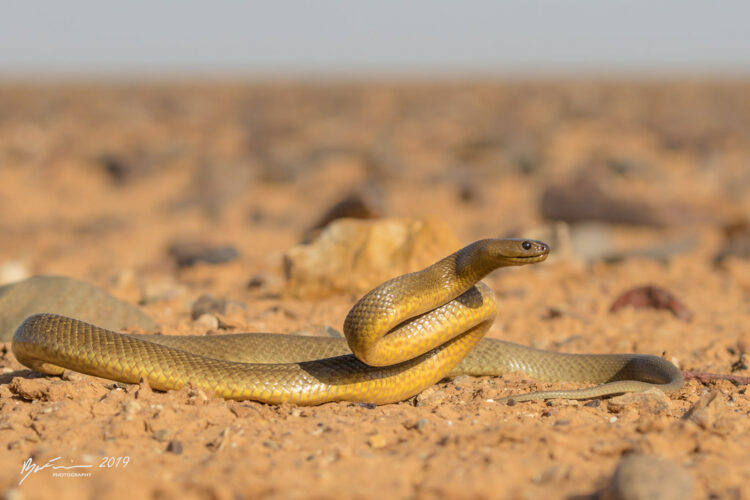
Credit: Flickr
Inland Taipan
There are a lot of highly venomous snakes, but this one takes the cake. A minuscule dose can kill a mouse, and it doesn’t take much more to kill a human.
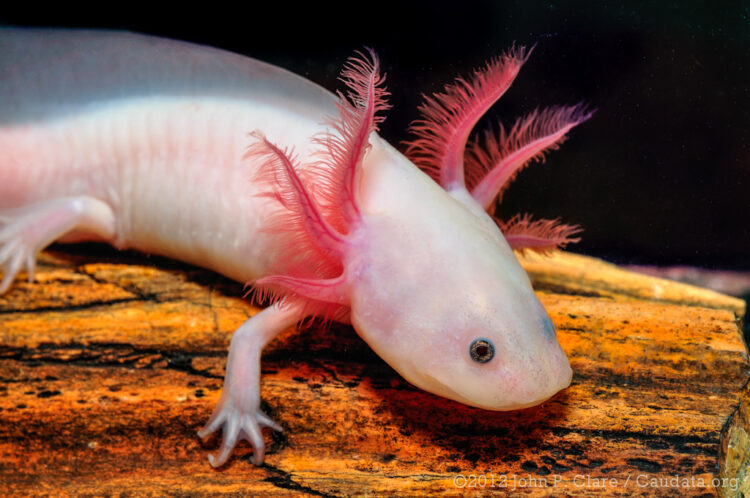
Credit: Flickr
Axolotl
This creature has one of the abilities that counts as one of the most extreme things in nature, they can regenerate missing limbs and parts of their organs. Imagine that kind of ability in higher-functioning mammals.
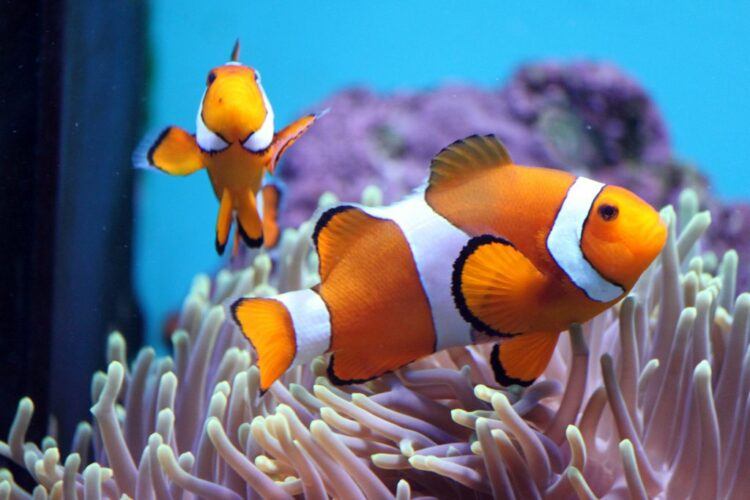
Credit: Flickr
Clownfish
It’s something that was touched upon in Jurassic Park but might not have been explained fully. Still, clownfish can switch from male to female if the alpha female in their group dies.
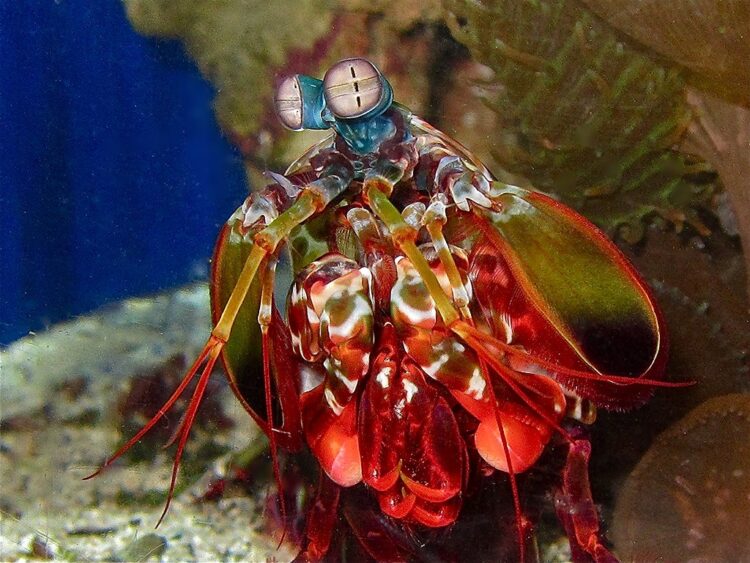
Credit: Flickr
Peacock Mantis Shrimp
You wouldn’t think of a shrimp as dangerous, right? But this shrimp can launch a punch at 50 mph, and impale a fish with the hit.
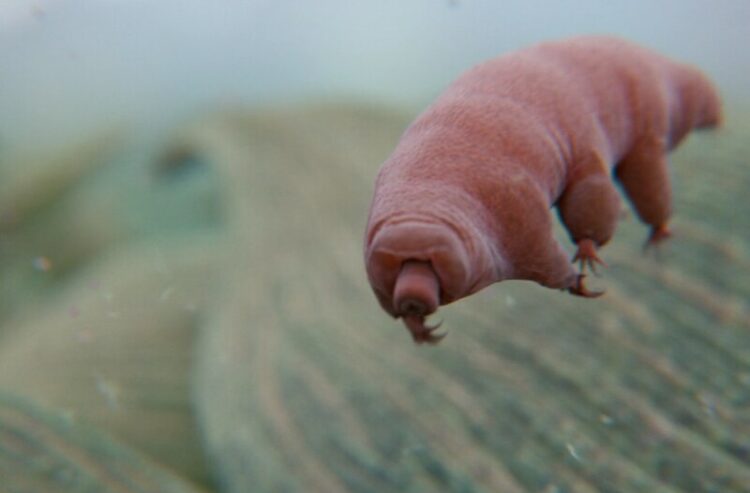
Credit: Flickr
Tardigrade
It does feel like a bit of a cheat since a microscopic organism appears capable of surviving a lot of things that bigger organisms don’t. But the tardigrade is the first animal to survive in space apparently, so that’s impressive.
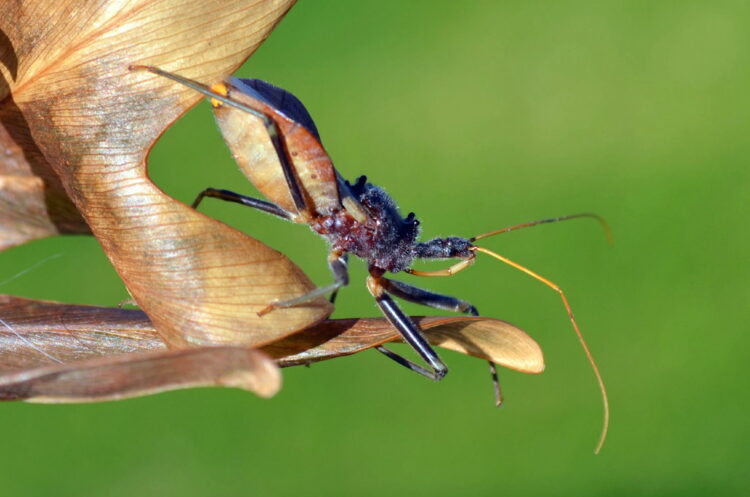
Credit: Flickr
Assassin Bug
They kind of sound like horror monsters when one figures out what they do. Not only do they kill their prey, they wear their exoskeletons afterward. It’s like the Predator and Leatherface had a baby.
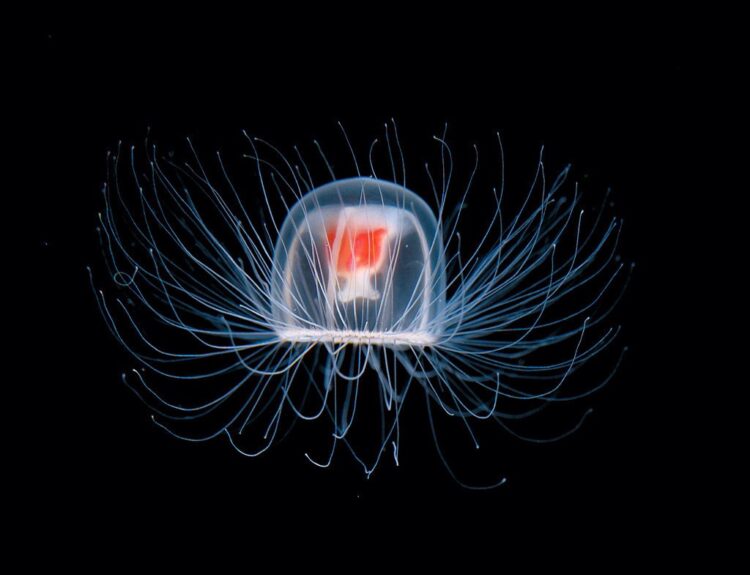
Credit: Flickr
Immortal Jellyfish
If your kids have ever watched The Octonauts then you might have seen this episode. An immortal jellyfish will actually turn itself back into a polyp, their youngest form, and will maintain the same DNA as their adult form.
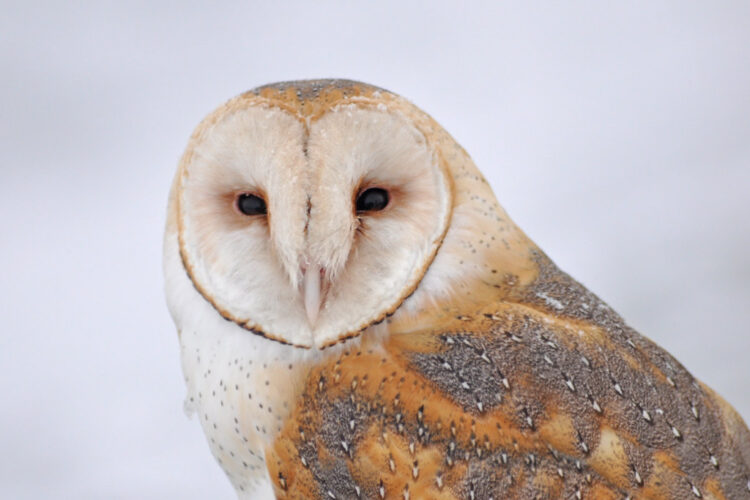
Credit: Flickr
Barn Owl
It’s an odd thing to think of when talking about animals since a lot of animals mate for life. But it would appear that barn owls do split up occasionally.
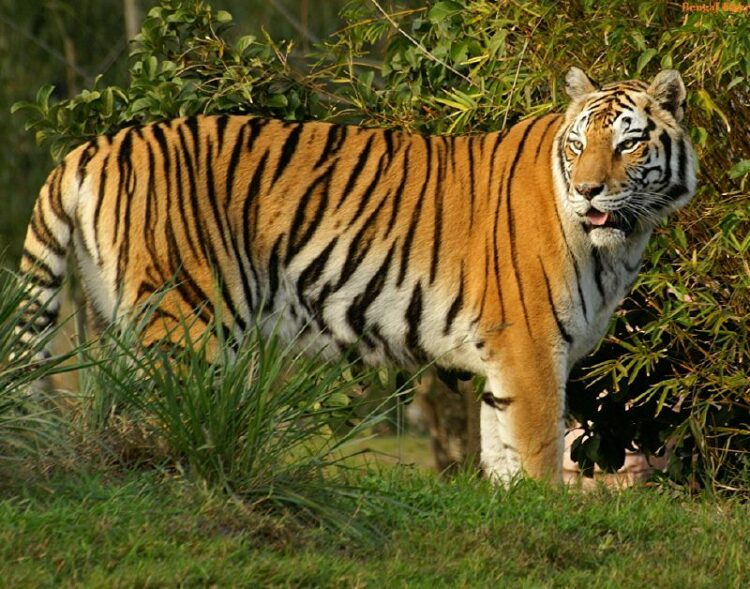
Credit: Flickr
Bengal Tiger
This big cat can eat up to 60 lbs. of meat in one sitting. Not only that, but the cat will hide whatever it doesn’t eat. That’s pretty smart.
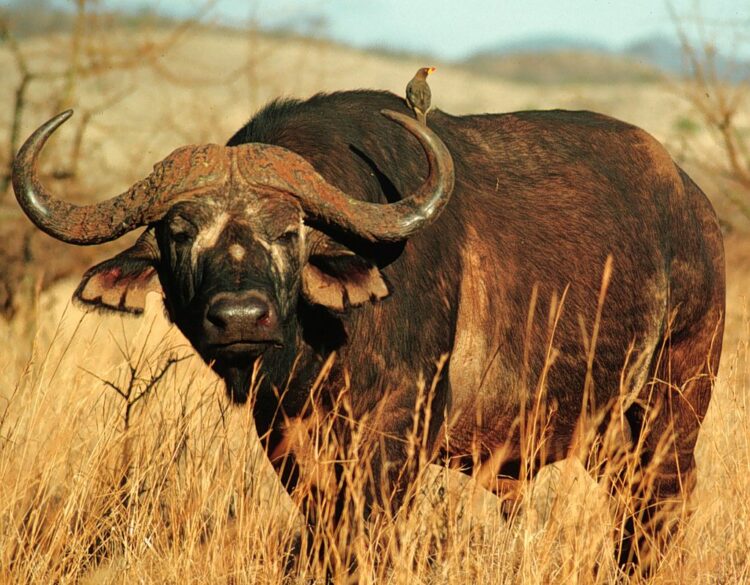
Credit: Flickr
African Buffalo
Somehow, the African buffalo learned democracy, though it’s typically only practiced by adult females. Everything is done with physical cues, obviously, but it’s interesting to watch.
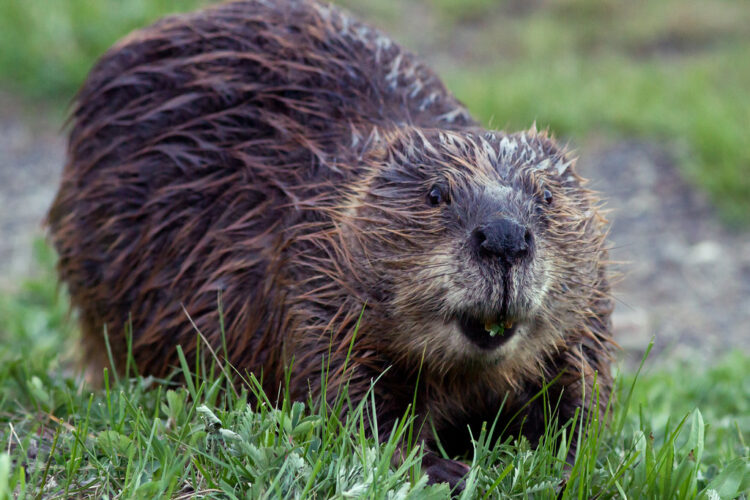
Credit: Flickr
Beavers
One thing that a lot of us have learned in school is that a beaver’s teeth never stop growing. What’s really interesting is that their teeth possess an enamel that’s made with iron, which allows their chompers to withstand the constant abuse.
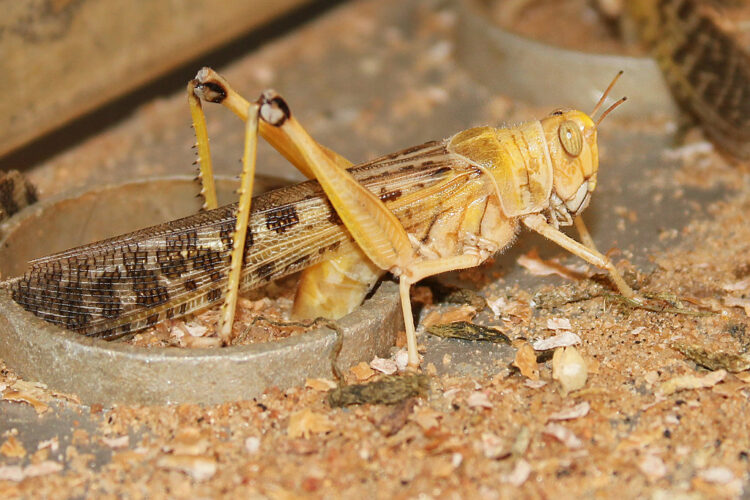
Credit: Flickr
Desert Locusts
There’s a good reason why these bugs were so feared back in biblical times. They will swarm over everything in sight and eat without ceasing until they have to move on.
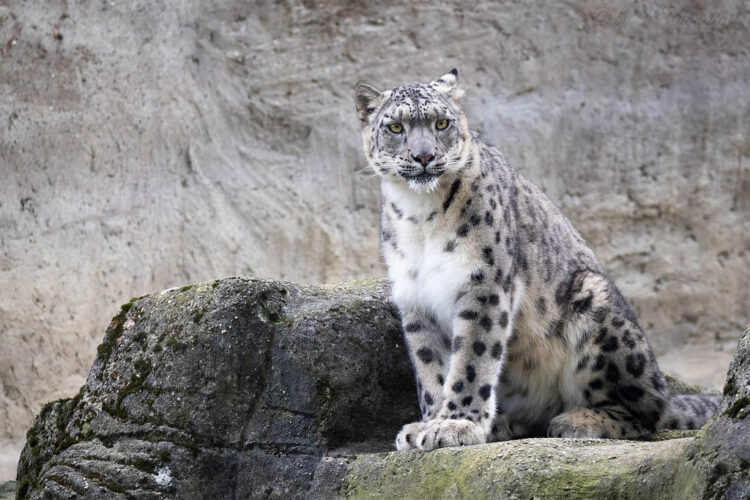
Credit: Flickr
Snow Leopard
Considering where they live, snow leopards are perfectly suited to the environment. They’re great leapers and climbers, and their thick fur keeps them from freezing.
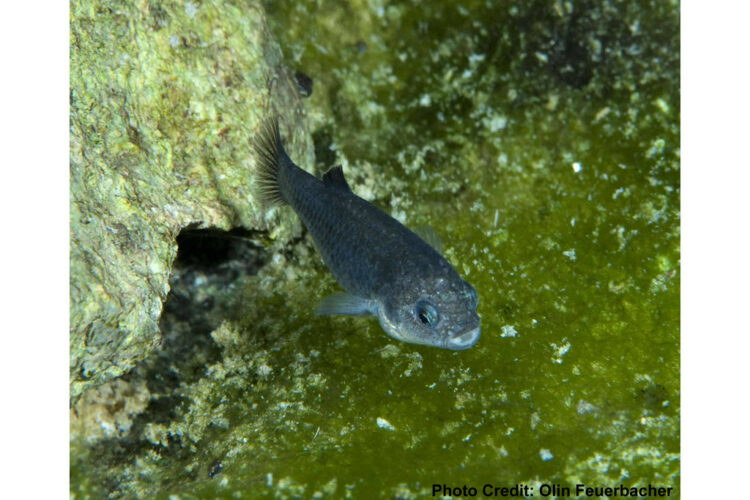
Credit: Flickr
Pupfish
Most fish need one type of water to survive since this is where they’re comfortable. A pupfish can survive in just about anything so long as it’s not going to kill them outright. So pools of acid are out.

Credit: Flickr
Dolphin
A lot of humans know by now that pufferfish are not to be messed with. Their toxin can kill several humans at once. But somehow, dolphins use these things as playballs and get high off the toxin, in small doses of course.
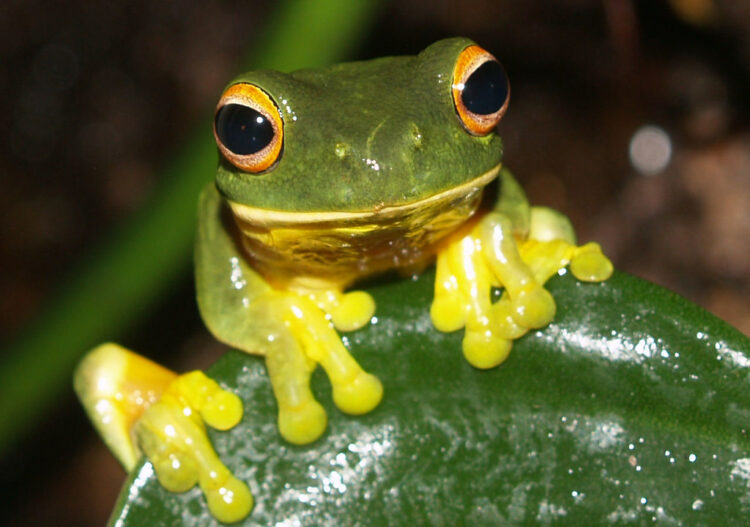
Credit: Flickr
Frog
This is one of the more extreme things on this list since frogs do have a membrane that keeps their eyes from drying out. Still, their field of vision and the fact that they can see while sleeping is a great way to stay safe.
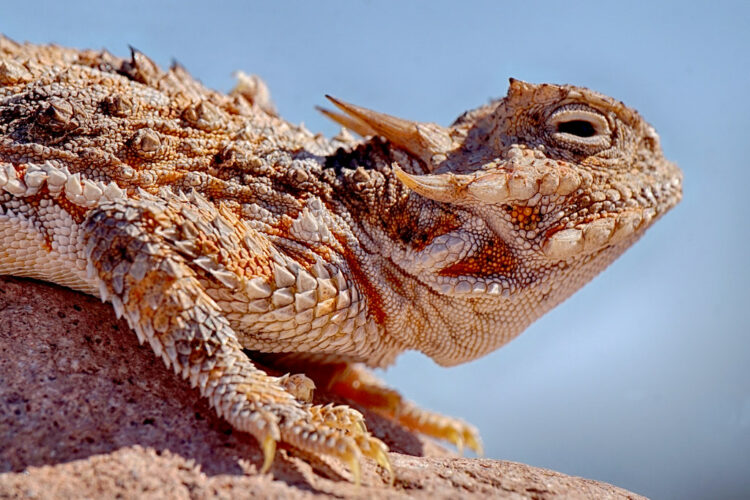
Credit: Flickr
Horned Lizard
A lot of animals will attack in some way to keep predators at bay. But shooting blood from your eyes is one of the more extreme things on this list, not to mention the freakiest.
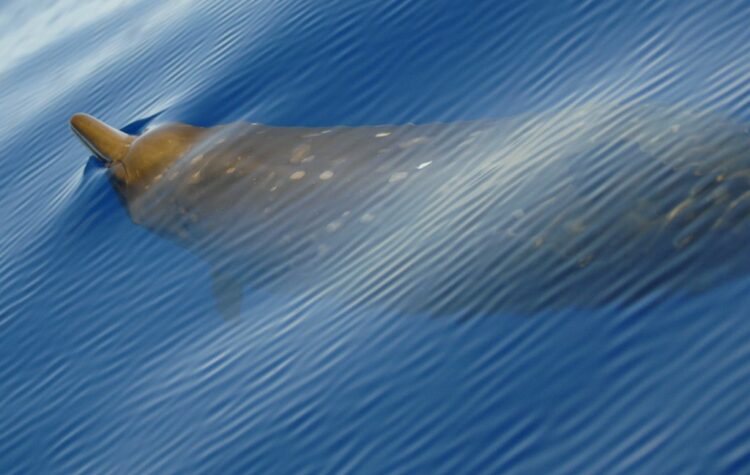
Credit: Flickr
Beaked Whale
You kind of need to know a bit about diving to really understand this, but a beaked whale can deflate their lungs before one of their deep dives. On their way back up, hours later, they can expand their lungs and push out any nitrogen that might have accumulated.
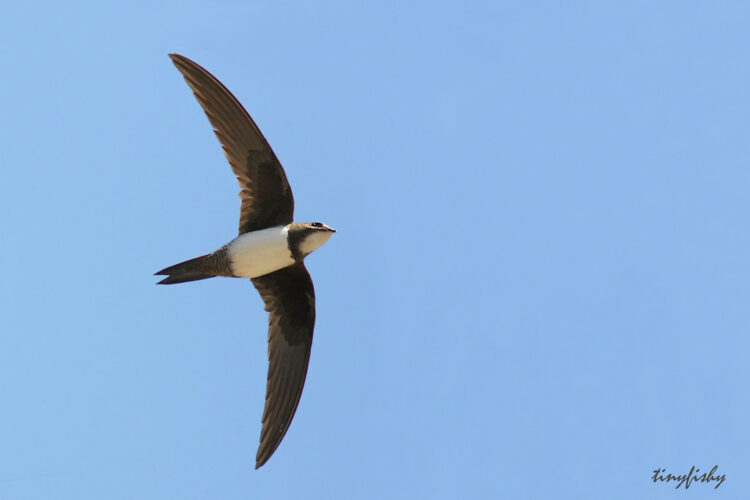
Credit: Flickr
Alpine Swift
Imagine what it would be like to spend months in the air, on the wing, eating and sleeping while gliding through the air. Sure, they have to touch down eventually, but that kind of endurance is insane.
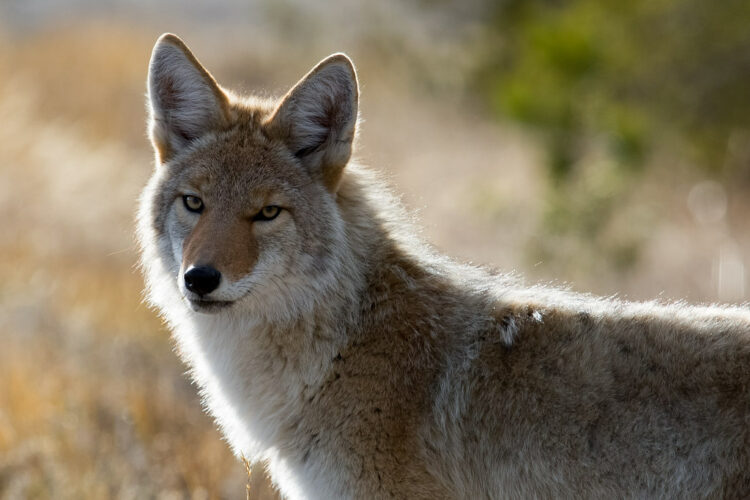
Credit: Flickr
Coyotes
Coyotes aren’t that shy when they get hungry, but will generally stay away from humans. Even in rural and sometimes suburban areas though, they’ll snatch up the stray pet that leaves their yard if they’re hungry.
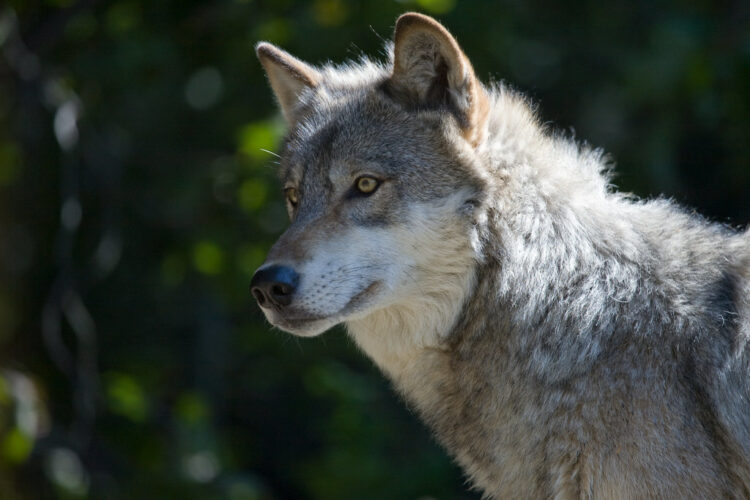
Credit: Flickr
Wolves
This is kind of common knowledge at this point, but wolves don’t like stepping in traps. They’ll gnaw off their own foot or leg if needs be to get away, but their chances of survival start to drop after that.
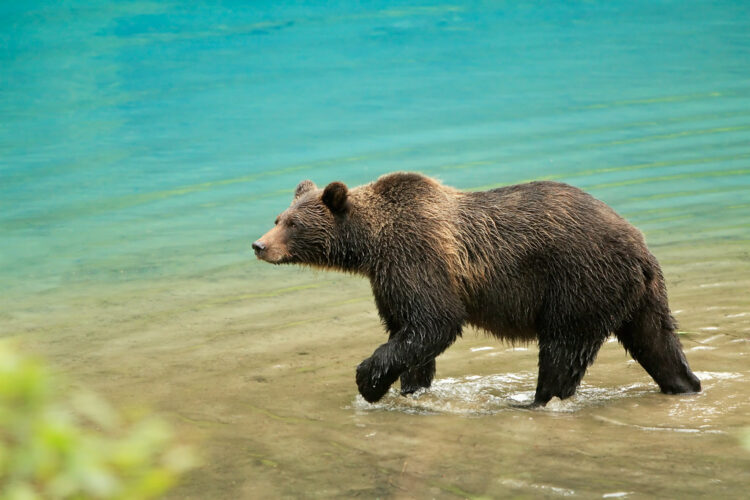
Credit: Flickr
Bears
Hibernation is nothing new, but a lot of people still mistake it for something else. When there’s very little food, bears and other creatures will hibernate to conserve energy, which is pretty smart.
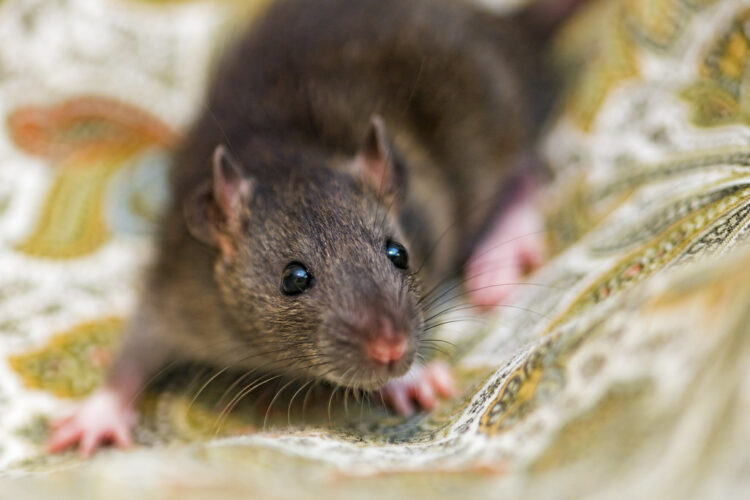
Credit: Flickr
Rats
Rats are considered nasty creatures for a lot of reasons. One of those is that if they find themselves in a trap they can’t get out of, they’ll chew their way out. This lends itself to a few horror story situations.
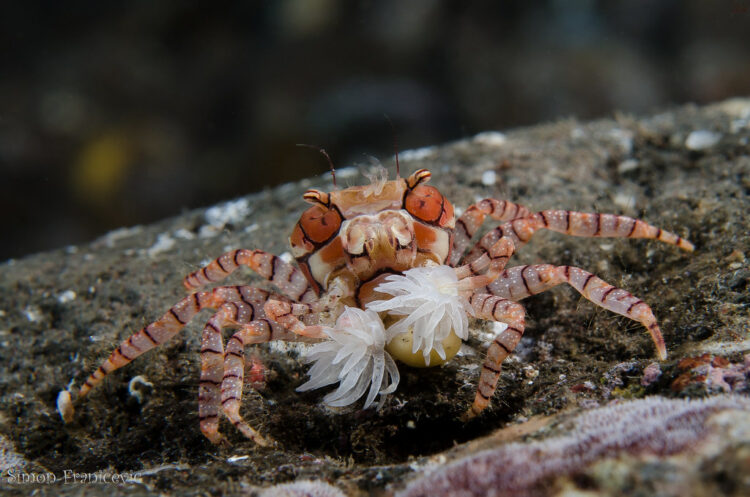
Credit: Flickr
Boxer crabs
Interestingly enough, boxer crabs earn their name in a very amusing way. They’ll pick up sea anemones, one in each claw, and defend themselves when threatened.

Comments
Loading…